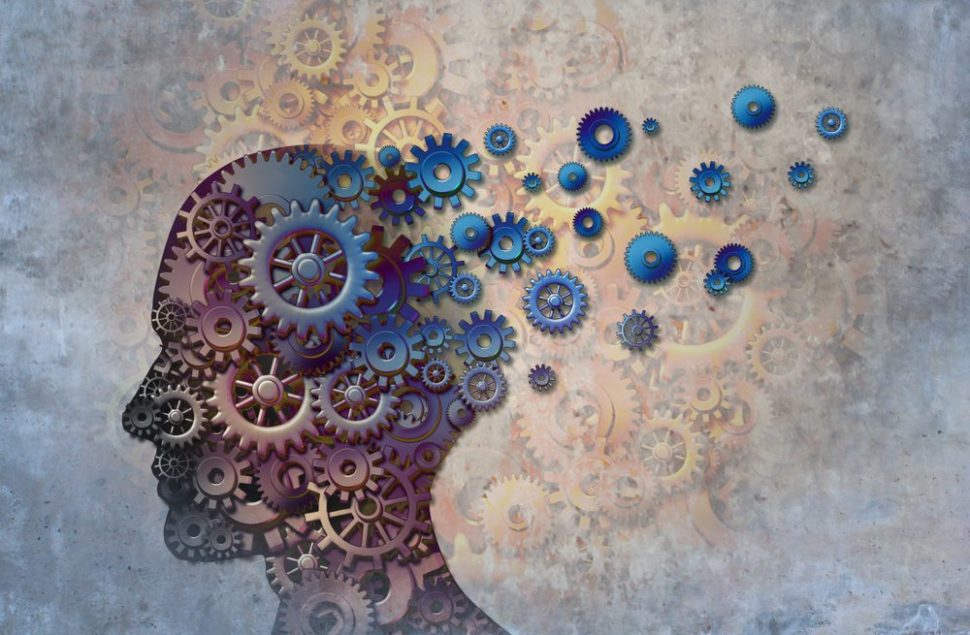Thanks to some experiments on snails, we may not be too far off from replicant-style memory implants. No, really, Snail Runners are coming.
Last week, UCLA neurobiologist David Glanzman commented on his team’s breakthrough in the field of memory implantation. They successfully transferred one snail’s memory to another snail via RNA injections.
The team managed to bypass the neural aspect of memories altogether and focus entirely on the chemical element of the process of memorization.
So, what does this exactly mean for the world of neuroscience and robotics moving forward?
The First Major Memory Transplant
UCLA scientists effectively performed a memory transplant using RNA between two snails.
While DNA carries biological information, some researchers believe RNA relates to the process of memorization.
In the experiment, a number of snails received a small shock to induce defense reactions in a behavioral conditioning tactic. The scientists trained the snails to curl up for between 40 and 50 seconds after the shock. Untrained snails only stayed curled for about one to two seconds.
Then, the scientists transplanted RNA from the trained snails into untrained snails.
“I think in the not-too-distant future, we could potentially use RNA to ameliorate the effects of Alzheimer’s disease or post-traumatic stress disorder…”
With the implanted RNA, the new snails exhibited similar behaviors to the trained snails. As Glanzman stated in The New York Post, what this means is that synapses may not be entirely responsible for storing our memories.
Instead, this study suggests that epigenetic changes encode long-term memory. Glanzman elaborated on future applications for this technology.
But I, like many others, jumped immediately to stories from science fiction like Neo “jacking in” to download Jiu-jitsu. I also thought of synthetic life, fabricated memories, and the replicants in Blade Runner.
The Road to Replicants, Cyborgs, and Beyond
The difference between your average cyborg and a replicant involves how memories work.
In Ghost in the Shell, Major Kusanagi transfers her own memories into various bodies using a cyberbrain. While she has “ghosts” from former lives, they are still her memories.
In the classic science fiction movie Blade Runner, replicants work a bit differently.
As you can see in the video above, the main character, Ryan Gosling, is trying to figure out if a memory of his is real or not, but he can’t figure it out for himself.
While we don’t yet have synthetic humans, there are studies in place to test implanted memories. Kyle Hill of Nerdist points this out in one of his “Because Science” videos.
Getting Lost in the Mall Yields False Memories
The “lost in the mall” study occurred in the 90s and tested whether or not researchers could implant false memories into the study’s subjects.
First, the researchers attained childhood memories from the subjects’ families and friends. Then, they presented the 24 subjects with three of these memories along with a fourth false memory.
For the fake story, relatives provided useful information about local malls to make the “lost in a mall” story more plausible for the participant.
5 of the 24 participants “recalled” the false memory as their own, real memory. A follow-up study by different researchers pushed the 20% false memory rate to 50% in 2002.
That means that we already know it is possible to falsify memories with suggestion and enough details. Now, we may soon be able to transfer memories between humans or other species.
Moreover, we may soon also be able to interface with computers directly with our brains.
This avenue of study is still in its infancy, but it raises a multitude of questions that will need decades to fully answer, especially those related to memory falsification.



















Comments (0)
Most Recent